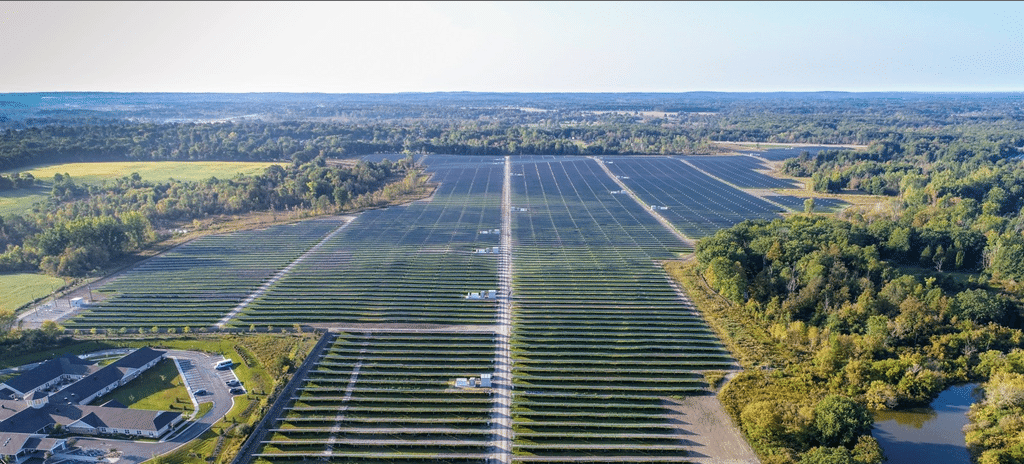With Illinois and Minnesota setting the pace for Midwest solar development, one state often overlooked in the discussion is Michigan. That may be about to change.
Starting in May, the Michigan Public Service Commission (MPSC) has been quietly but doggedly positioning the state’s solar industry for significant growth by setting clear definitions and standards surrounding solar development under the the Public Utility Regulatory Policies Act of 1978 (PURPA).
Congress passed PURPA at the height of the 1978-1979 oil crisis, when Western nations like the United States tried to wean themselves off fossil fuels to counter a move by the Organization of the Petroleum Exporting Countries (OPEC) to raise oil prices significantly
Under PURPA, utilities are legally required to buy power from independent power producers (IPP) if it is below their cost of generation from other sources, also known as “avoided costs”.
The “avoided costs” question is one that has dogged PURPA discussions in other states, but the MPSC chose to set the parameters proactively to avoid such disputes.
In late May, the MPSC solidified its statewide methodology for calculating avoided costs, which could mean more opportunity for distributed solar because it guarantees a 20-year, fixed price contract for projects 2 MW and smaller.
Under the new guidelines, qualifying facilities (QFs) that produce the renewable energy utilities are required to buy can use one of two methods for calculating the “avoided costs”. They can either use the levelized cost of a proxy plant or on forecasted market prices by the Midcontinent Independent Service Operator (MISO), a regional grid operator which covers 15 U.S. states and the Canadian province of Manitoba.
The commission determined that an appropriate proxy plant is a natural gas combustion turbine unit, which it decided was the most logical plant a utility would build if it needed more power.
The other key factor in PURPA-fueled solar development – contract length – have also been determined by the commission this year. The 20-year contract length that Michigan decided to use is standard for most power-purchase agreements (PPAs), but has been disputed in other states by the utilities, which argue that the prices set at the beginning of the contract could be wildly inflated by the end of the contract.
Michigan rejected such reasoning, which will likely be a significant factor in favor of a healthy solar market under PURPA.
Michigan currently has 35 MW of installed solar, according to the most recent U.S. Solar Market Insight Report, but the PURPA framework established by the MPSC could significantly increase those numbers in the years to come.
This content is protected by copyright and may not be reused. If you want to cooperate with us and would like to reuse some of our content, please contact: editors@pv-magazine.com.








By submitting this form you agree to pv magazine using your data for the purposes of publishing your comment.
Your personal data will only be disclosed or otherwise transmitted to third parties for the purposes of spam filtering or if this is necessary for technical maintenance of the website. Any other transfer to third parties will not take place unless this is justified on the basis of applicable data protection regulations or if pv magazine is legally obliged to do so.
You may revoke this consent at any time with effect for the future, in which case your personal data will be deleted immediately. Otherwise, your data will be deleted if pv magazine has processed your request or the purpose of data storage is fulfilled.
Further information on data privacy can be found in our Data Protection Policy.